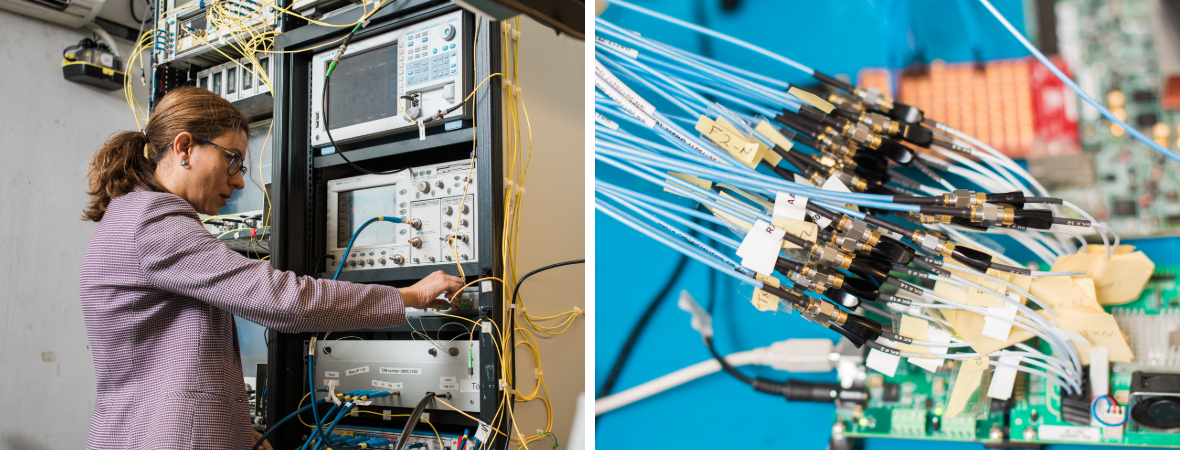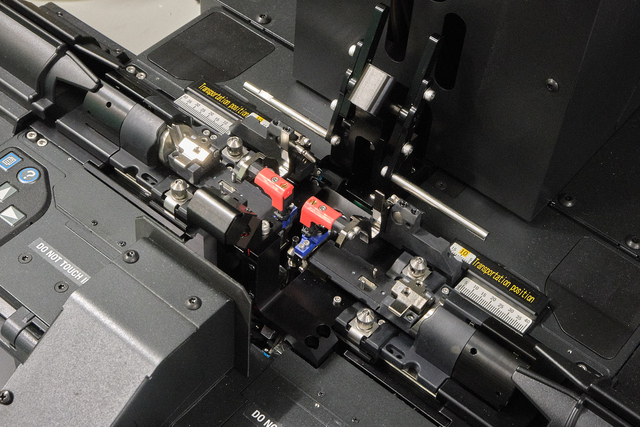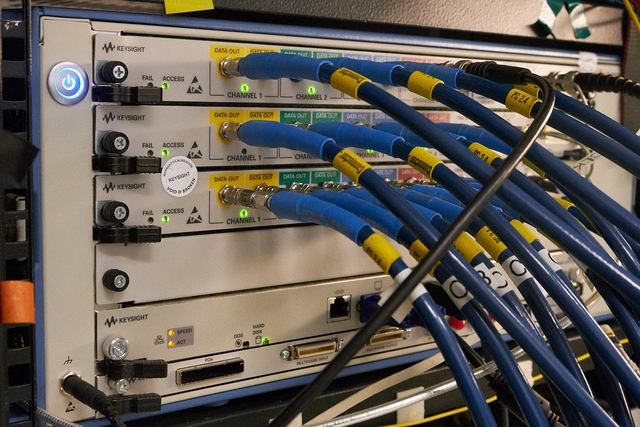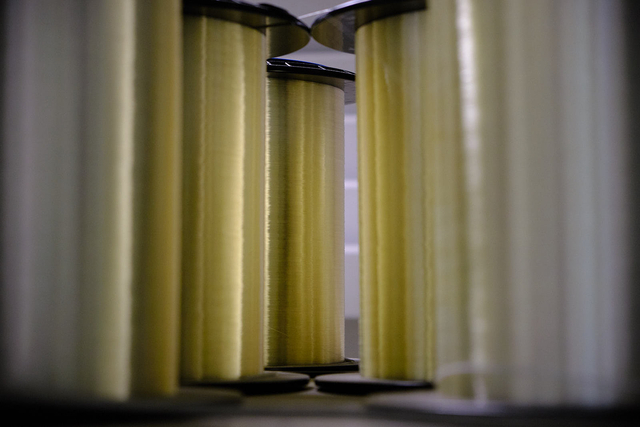Facilities

The world leading laboratory facilities and experimental capabilities of the Optical Networks Group (ONG) at UCL provide the core test-bed infrastructure of the TRANSNET project. Combined with the complementing facilities at Aston Institute of Photonic Technologies, TRANSNET has one of the best-equipped university-based optical communications laboratories in the world. At UCL, the ONG lab enables exceptional research by:

The transmission & network test-bed is based around an optical fibre recirculating loop and has comprehensive signal generation and detection capabilities. Current version of digital transmitter includes DACs with sampling rates up to 92GSa/s, capable of generating advanced modulation formats with symbol rates from 6 GBd to 92 GBd. Both direct- and coherent detection is used with receiver bandwidth of up to 67 GHz and a range of sophisticated digital signal processing algorithms to compensate for and mitigation of both linear and nonlinear impairments.

Current capabilities include the generation of polarisation division multiplexed, 64QAM, 256QAM and 1024QAM with probabilistic and geometric shaping of up to 1 Tbit/s across 100 nm of optical bandwidths (approx 10 THz). To date, experiments over these bandwidths, applying nonlinearity compensation techniques at the transmitter and receiver have helped to achieve record-breaking throughputs.
Research into advanced optical transceivers has included a range of direct-detection techniques, including the Kramers-Kronig receiver, directly-modulated lasers, and digital pre-compensations, in conjunction with subcarrier modulation and low complexity PAM signals. The current of research focuses on intelligent transceivers, enabled by new transceiver design and machine learning algorithms that help transform future optical networks for the cloud.

The ONG laboratory extends to the CONNECT laboratory and is a node in the UK National Dark Fibre Infrastructure Service (NDFIS). The CONNECT lab is a home to the ONG research on data centre interconnects and novel optical switching. Research involves data disaggregation, real time optical switching and clock and data recovery on nanosecond time scales.
The ONG laboratory is equipped with state-of-the-art fibre processing and splicing facilities that supports a wide range of research and collaborations related to special optical fibres. The optical fibre laboratory has the capability of cleaving, tapering, splicing and recoating optical fibres with diameter from 80 µm to 1.2 mm, which allows ONG to research on special fibre (e.g. polarization maintaining, multimode, multi-core fibre, hollow-core) based optical systems.
In collaboration with academic and industrial partners, we have returned to the investigation of optical devices including high-speed semiconductor lasers, integrated silicon transceivers, and optical signal processing methods. A new device test-bed allows for butt and vertical coupling optical signals into integrated optical chips, supports system verification and innovation in integrated optical devices.